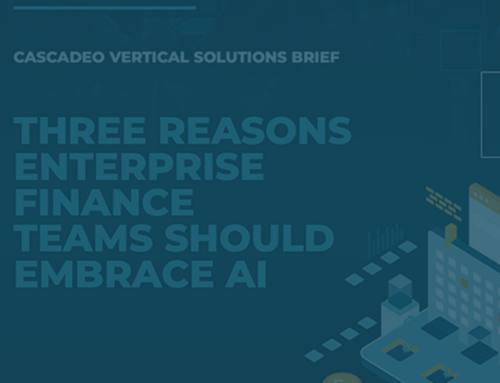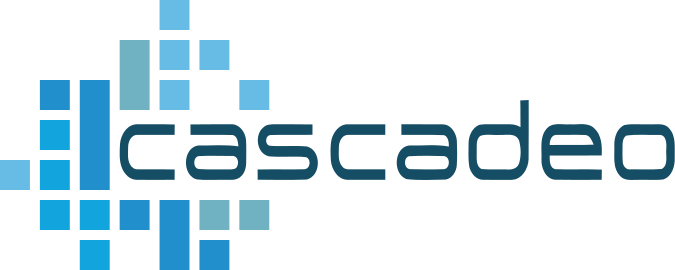
The transformation implied by re-architecting, particularly when it’s performed in partnership with expert cloud engineers and accompanied by industry-best managed services, represents your best choice for maximizing the cloud’s advanced offerings while optimizing costs.
Understand the 6 Rs to Plan an Informed Cloud Migration
 Migrating to the cloud is a little like moving to the hottest neighborhood in town—everyone is doing it, and the benefits will continue to accrue over time. Fortunately, unlike the hot neighborhood, the cloud has no shortage of capacity, and more residents won’t automatically drive up prices due to scarcity. (In theory, in fact, a higher cloud population should drive prices down, though of course the cloud providers determine pricing via their own methods.) To manage the big move, it helps to start by understanding the six strategies for migration: rehosting, replatforming, repurchasing, refactoring / re-architecting, retiring, and retaining.
Migrating to the cloud is a little like moving to the hottest neighborhood in town—everyone is doing it, and the benefits will continue to accrue over time. Fortunately, unlike the hot neighborhood, the cloud has no shortage of capacity, and more residents won’t automatically drive up prices due to scarcity. (In theory, in fact, a higher cloud population should drive prices down, though of course the cloud providers determine pricing via their own methods.) To manage the big move, it helps to start by understanding the six strategies for migration: rehosting, replatforming, repurchasing, refactoring / re-architecting, retiring, and retaining.
Rehosting
Also known as lift-and-shift, rehosting is like airlifting your house and all your stuff into a new location. Does it fit there? Is it well-suited to its new environment? Will everything work at optimal levels? Rehosting doesn’t take any of those factors into account. The result is that cloud costs, constant maintenance, and upgrade needs get out of control, requiring ongoing efforts to manage a cloud deployment that should have been more carefully considered in the first place.
Replatforming
This is essentially rehosting with a few adjustments. Your old house and stuff are in the new location, but the foundation has been leveled to make sure it all fits, and you’ve added some new privacy curtains for the picture window that now faces the street. Replatforming can be beneficial in that it often saves money on licensing costs, but you’re still not close to taking full advantage of cloud technology. You’re in the hot neighborhood, and your stuff is mostly working okay, but you haven’t learned where the closest grocery is or who to text when you need to borrow a cup of sugar, much less what makes this place special and how to thrive in it.
Repurchasing
This isn’t so much an alternative to rehosting as it is a part of most cloud journeys. It involves shifting services to SaaS platforms, such as adopting subscription-based CRM or payroll systems, like trading in a doorman for an automated alarm system.
Refactoring / Re-architecting
This is where the getting gets good and the cloud begins to show its real value. This is the heart of digital transformation. It can happen on the level of individual apps, or, for maximized benefit, can encompass your full IT portfolio. In either case, functionality and relevant business needs are assessed with the goal of imagining new paths to fulfilling those needs via cloud-native technologies, structures, and services, opening up opportunities for scaling, automation, advanced data analytics, cutting-edge options like serverless computing, and perhaps most importantly, dramatically increased business agility to adapt to rapidly shifting markets and cultural forces. This is the move to a state-of-the-art, modern house that was built to take full advantage of its location and environment, where everything works beautifully and the ability to shift how certain rooms or features are used is built in, as is reliable security.
Retiring and Retaining
Re-architecting might encompass the two other Rs, retiring and retaining, wherein your cloud provider determines through discovery which functions are no longer serving your business well and can be retired entirely, and which are sufficiently updated and necessary to retain.
The transformation implied by re-architecting, particularly when it’s performed in partnership with expert cloud engineers and accompanied by industry-best managed services, represents your best choice for maximizing the cloud’s advanced offerings while optimizing costs. While many executives report that their cloud migration hasn’t resulted in the cost savings they expected, analysts report that the problem isn’t inherent to the cloud, but rather, a result of rushed rehosting efforts that fail to take into account the differences between simple hosting and cloud computing. A discovery-driven, expertly-crafted cloud transition, on the other hand, builds in cost optimization while enabling maximal uptime, disaster recovery, geographically-distributed collaboration, market responsiveness, and the ability to grow your business at scale, no matter how rapidly your customers’ needs might change in the future.




